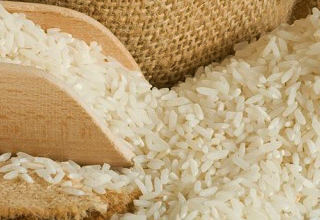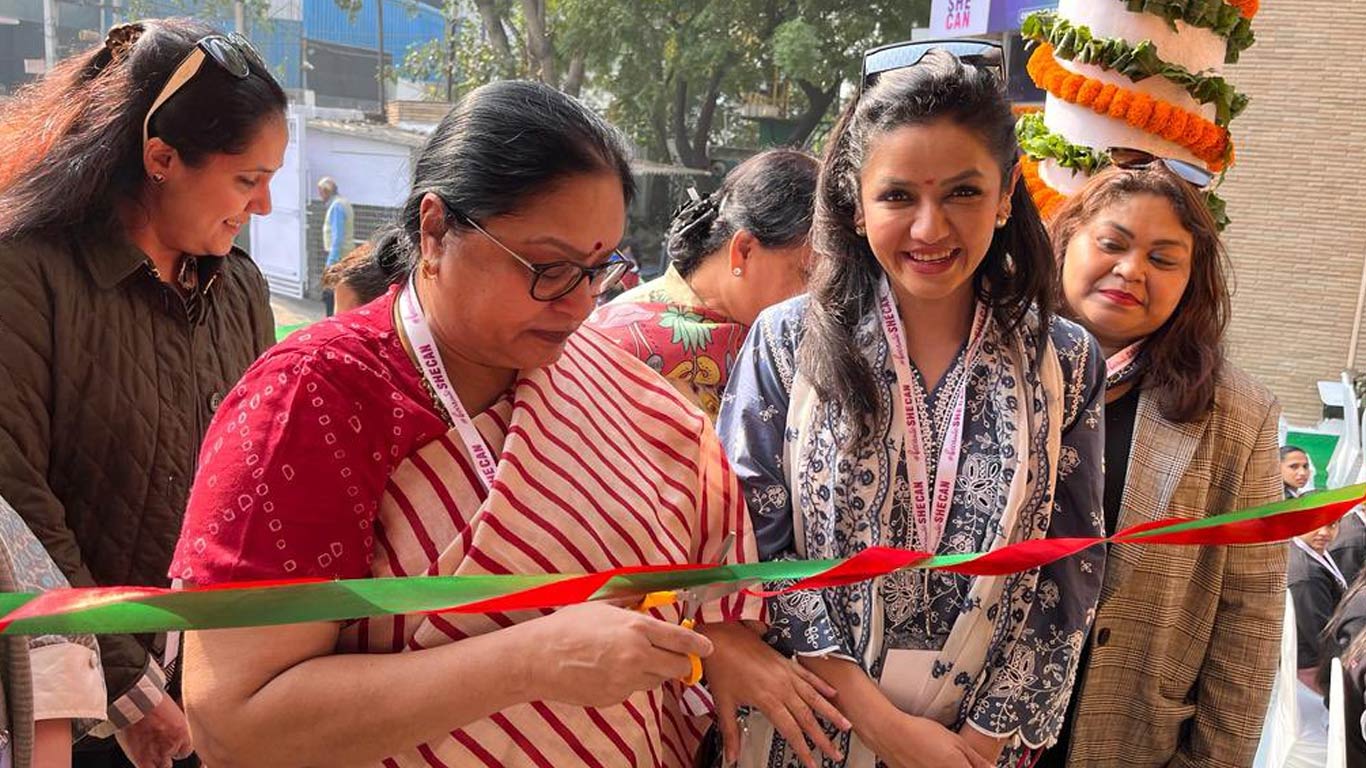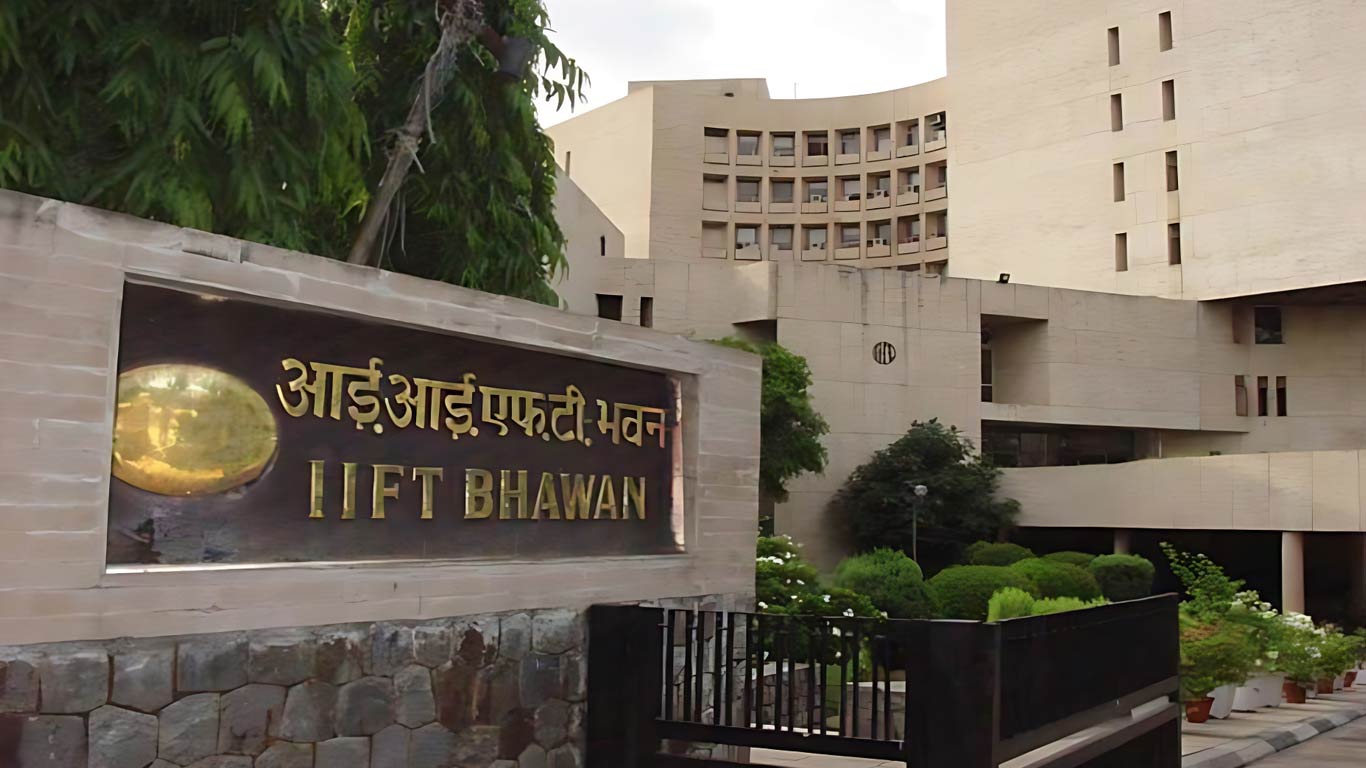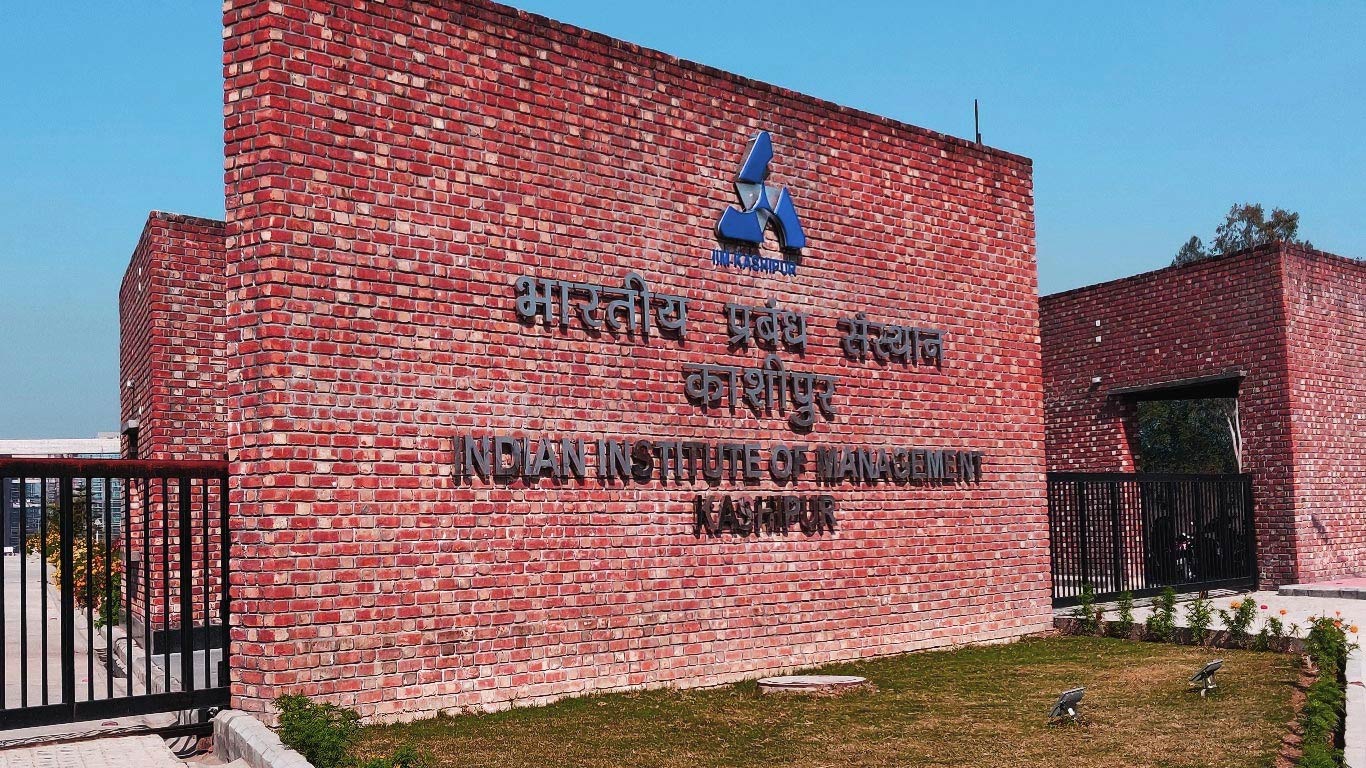Rice prices may reach a boiling point, says study
Updated: Nov 16, 2015 12:57:07pm

Highlighting the urgent need for a close monitoring of food prices, an ASSOCHAM paper on “Impact of weak/deficient monsoon on agricultural production and prices” has cautioned that prices of rice may shoot up reach a boiling point in the coming months as the stock of the key staple cereal is depleting fast owing to deficient rains and fall in output.
Increasing export outgo on account of PDS (Public Distribution System) and other welfare schemes will continue to weigh on availability in the open market. Unless government is able to handle the situation prudently, depleting stocks will soon reflect on the open market prices, added the paper.
It said that the actual production may be around 103 MMT during 2015-16. On the stock front, rice stocks have been steadily declining in the past three years.
Given the huge domestic demand for rice, government needs to closely monitor both prices and stock situation. Already a section of global exporting community is evaluating possibility of India entering international market for import of these commodities from 2017, if urgent steps are not taken to augment supplies, said the study.
It said that besides slowing down the economy considerably and accentuating inflationary pressure coupled with shortages of essential food items across the country, it could also lead to dependence on import of essential food items.
The chamber suggested that DSR (Direct Seeded Rice) should be encouraged to conserve water.
Presently, less than 10 per cent of paddy production is under DSR due to limitations in the availability of suitable equipment for DSR in clay soils. Urgent attention is needed in this regard to expand DSR acreage on war footing, it said.
Summing up kharif crop production scenario, it is pertinent to note that at a time when foodgrains production needs to be closer to 300 MMT, the country may just scrape through 250 MMT production. This situation needs close monitoring and imaginative handling in order to check prices and ensure timely availability, added the paper. (KNN Bureau)











